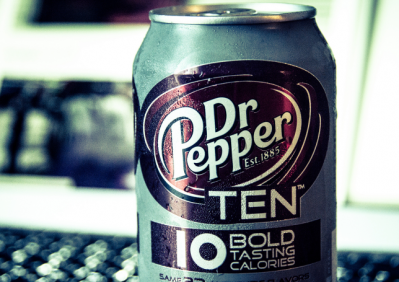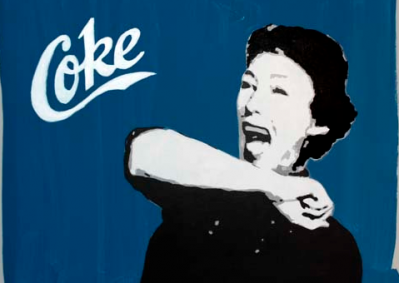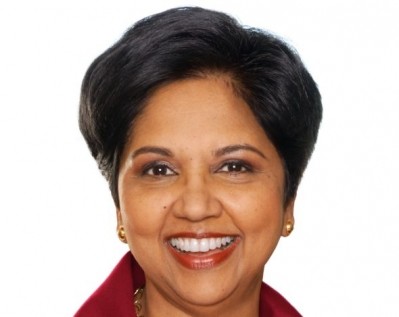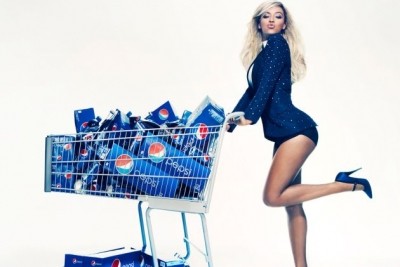Fixing the fizz: Something's sticky in the state of US soda...
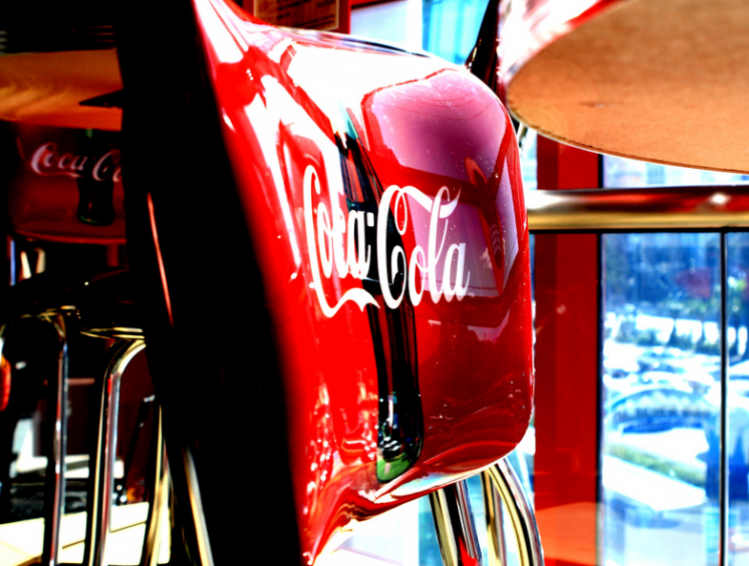
In nations such as the US, the likes of PepsiCo, The Coca-Cola Company and Dr Pepper Snapple are burning cash to ensure diet/low-calorie soda profits don’t go pop, after dollar sales fell 7.1% year-on-year in the four weeks to August 3 according to Nielsen xAOC.
(2012 sales of carbonated soft drinks fell 1.8% year-over-year to 13.3bn gallons, according to Beverage Marketing Corporation, with Dr Pepper the only standard 'core' carbonates brand to post a gain, of 0.2%).
Better weather and economic data did not key into sales, and it seems that constant weight of media shot or soda slagging is taking its toll. In emerging markets too, notably Latin America which is Coke’s most profitable region after Europe.
Last Friday The Wall Street Journal reported that Mexican public interest groups pasted billboard adverts in Mexico City subway stations, stating: “Would you eat 12 spoonfuls of sugar. Why do you drink soda?” awaking public health outcry against market leader Coca-Cola.
More bad news in the US – Dr Pepper Snapple’s critical ‘TEN’ platform seems to be struggling to differentiate itself against other diet drinks, according to recent Nielsen data, as low/zero calorie sales fell 5.4% in the month to August 3.
Given Pepsi NEXT’s more muted performance – in terms of incremental gains within carbonates – TEN was the poster child for the future of soda, as we know and love it, but with a healthier halo.
Dr Pepper TEN meets Hanson?
But that poster now seems to be gathering dust in a backstreet record store, alongside those early LPs from naff boy band Hanson – MmmBop paired up with Mmm…pop?
‘Healthier’ colas sweetened with stevia (it remains to be seen if Coca-Cola Life surface in the US) and mid- or no-calorie options are winning zilch, zero, in terms of stemming overall carbonated sales declines, despite PepsiCo’s promise that ‘disruptive innovation’ may relight its cola fire.
Improved stevia derivatives, monatin, monk fruit, brazzein? FDA regulatory approval is either lacking for these novel sweeteners or there are no major launches to date.
Carbonates are hoisted by the hamburger petard. It’s because the fast food image – burger, fries, soda, at the ball game, in the home, is so engrained in consumer consciousness that soda plays so poorly on a health and wellness platform. Healthy or not.
Meanwhile ‘healthier’ soft drinks – read ‘all natural’ smoothies, RTD tea and coffee, bottled water, are less tainted by lucrative fast food tie-ups, the marketing sell is cleaner and more à la mode.
Besides which Coke and Pepsi have always attracted core youth consumers through a clarion call to arms: freedom and rebellion, within safe limits, mind. Clearly, they need to mind this market.
But this throws up another problem. ‘Safe’ drinks aren’t so sexy, and Zero clearly doesn’t offer the same syrupy satisfaction as Red Coke.
And don’t even think of cutting out that caffeine high that hauls me through my working day.
Pop goes the profit!
Healthier or diet sodas attract the 30+ consumers Coke and Pepsi are so desperate to detain at fixtures, but these people are clearly more likely (with health concerns in mind) to explore other soft drinks options in a more diverse modern market, where niches are increasingly catered for.
PepsiCo CEO Indra Nooyi noted (testing the waters of a troubled cola category with financial analysts), that consumers love the bubbles and taste of a troubled cola category (but still seem to be exiting the category.
All is not doom and gloom. Rather, there is gloom but not doom, stickiness but not… (see my title) rot. Coke, Pepsi, RC Cola, Dr Pepper all have a place in US consumers’ hearts and minds, but the latter need to take some time out from this, err, pressurized relationship.
Soda is a massive category within non-alcoholic beverages that will stay strong in the US – but the top brands must expect carbonates in general to lose share and volume over the coming quarters.
Perhaps a painful readjustment is in order, and profits might have to go pop in the short to medium-term as consumers reassess their relation to soda: rework consumption habits, appreciate healthier options (perhaps with higher margins) decide once again that cola is cool.
